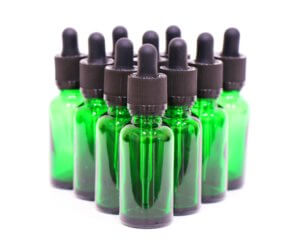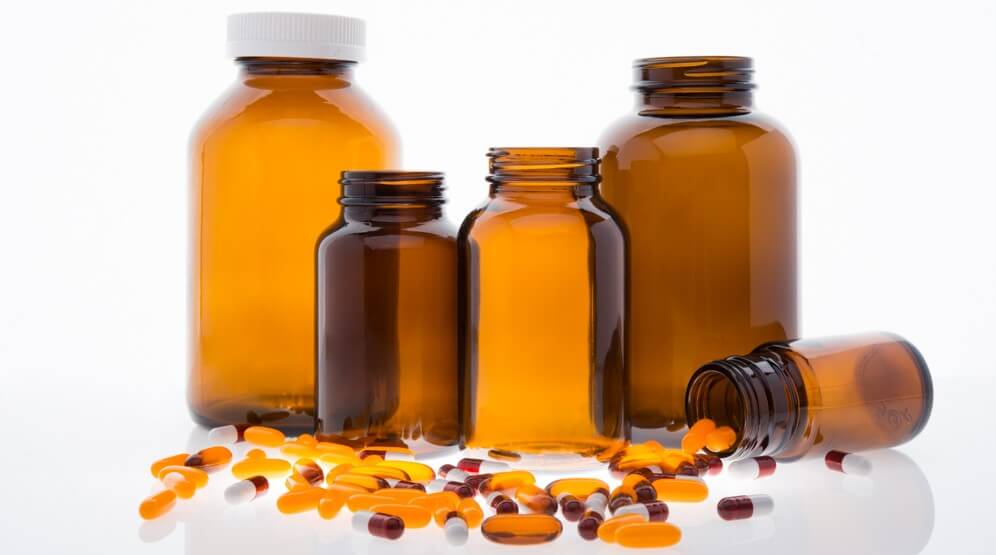
Why Amber Glass Bottles Are Perfect
for Nutraceutical and Pharmaceutical Use
Most people don’t give this much thought, but amber glass is made a certain color and by certain materials for a reason. If you think about all of the dark glass bottles you’ve encountered in your lifetime—beer bottles, cosmetic bottles and jars, essential oil bottles, and sublingual supplement bottles—you’ll realize that the majority of them have that amber color.
It’s safe to say that amber glass is in high demand across a multitude of industries. So, if your business is to supply manufacturers with the essential glass packaging for their products, then amber glass bottles should be at the top of your supply list. Keep reading to find out more about amber glass bottles and why you should always have them in stock.
Amber Glass For Everyone
As mentioned above, amber bottles are made the way they are for a reason. The main reason being that if everything were put in clear bottles, our liquids, oils, and serums, etc. wouldn’t last very long.
Many industries, including the pharmaceutical and nutraceutical industries, rely heavily on amber glass bottles but the list doesn’t end there. Other industries include:
- Skincare
- Cosmetic packaging
- Beer and liquor
- CBD and cannabis packaging
- Essential oils
It may seem like a short list, however, there are hundreds of thousands of different products out there that utilize amber glass bottles. Keep in mind that do-it-yourselfers are never in short supply either, and amber glass is typically their first choice in product packaging.
How is Amber Glass Made?
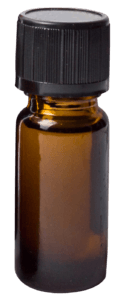
Amber glass has some unique properties that make it a top choice for product packaging. While basic glassware, such as clear glass jars and bottles, are made from a liquefied form of sand that is heated and poured into certain shapes, amber glass is made a bit differently.
Amber glass is actually a mixture of sand, limestone, and soda ash. All of these elements are heated to a very high temperature. When the mixture is completely melted and molten, other materials are added to the mix to give the glass its different properties and color depth.
The elements of iron, sulfur, and carbon are usually added to the mixture to give the glass a nice dark coloring. The reason for this coloring is to protect the product inside, which we’ll talk about more later. From there, machines and workers are used to shape the freshly made liquid glass into bottle, jar, or cup form. Once the glass cools, it begins to harden into its designated shape.
How Amber Glass Bottles Are Beneficial
Glass, in general, comes with a variety of benefits for product manufacturers. It’s considered to be inert, which means it won’t break down or seep chemicals into the products. It’s also relatively inexpensive since the materials that it’s made from are widely available. And it can be tempered or have a variety of minerals and metals added to it for strength, and it doesn’t retain heat.
Amber glass, however, takes things to another level:
They Protect Light-Sensitive Products

One of the main benefits of using amber glass is that it provides the best protection against UV light, blue light, and other light wavelengths under the 450-nanometer range. UV rays can cause what is known as photooxidation.
Photooxidation has the capacity to break down and alter the chemical makeup of a product, thereby cutting its shelf life in half or rendering it completely useless. In some cases, photooxidation can actually cause the ingredients within certain products to become toxic, causing adverse health reactions when used.
The high level of UV protection against different wavelengths of light allows for a longer shelf life of the product being stored. This is precisely why these glass bottles keep beer fresh, essential oils potent, and allows cosmetics and skincare products to work with 100 percent efficiency.
They Provide a Safer Interaction
Glass, in general, is made from natural materials, so manufacturers don’t have to worry about the bottles breaking down and leaking chemicals into the stored product.
This also means that there won’t be any chemical interactions between the glass and product inside, unlike plastic which is latent with chemicals that break down fairly easily and interact with the stored product.
They Are Versatile
Amber glass comes in a wide range of shapes, styles, and sizes. Whether you need amber glass bottles, vials, jugs, or jars, numerous amber glass options are available.
Amber glass bottles are suitable for nearly every product, ranging from a 1 oz sample jar to an entire beer growler. Aside from skincare, cosmetics, wine, and beer, amber glass is also suitable for storing chemicals and other raw materials—including acids and bases.
They Are Recyclable and Can Be Reused
Most glass containers are recyclable, but when there’s color involved, the rules can get a bit tricky. Amber glass is technically 100 percent recyclable—but it can only be broken down and reshaped into a new amber glass bottle, jar, etc.
Amber glass bottles can also be cleaned and reused multiple times. Unlike plastic, they’re durable and take years and years to completely break down. Not to mention, glass isn’t porous like plastic, so it’s perfectly safe to reuse.
Give Your Customers the Best
Amber glass is the best product packaging that you can have in stock for your customers. It’s eye-catching, non-toxic, versatile, recyclable, affordable, and it offers the highest level of UV protection from light and chemicals.
We offer amber glass bottles in all shapes and sizes that will fit all of your packaging needs. So, if you’re in the market for wholesale amber glass bottles, contact us and our team will help you get set up right away.

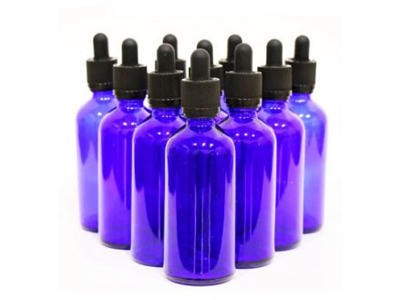
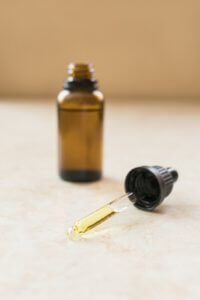 Glass dropper bottles allow you to store all kinds of mixtures, medicines, and chemicals. Glass dropper bottles are primarily used to store and transport items like eye drops, liquid medications, CBD products, essential oils, ear care medications, hair care products, and other hygiene products such as soap or shampoo. Clever up-cyclers all over the world have also found ways to repurpose these versatile, safe bottles to hold just about anything. What makes them so useful though?
Glass dropper bottles allow you to store all kinds of mixtures, medicines, and chemicals. Glass dropper bottles are primarily used to store and transport items like eye drops, liquid medications, CBD products, essential oils, ear care medications, hair care products, and other hygiene products such as soap or shampoo. Clever up-cyclers all over the world have also found ways to repurpose these versatile, safe bottles to hold just about anything. What makes them so useful though?